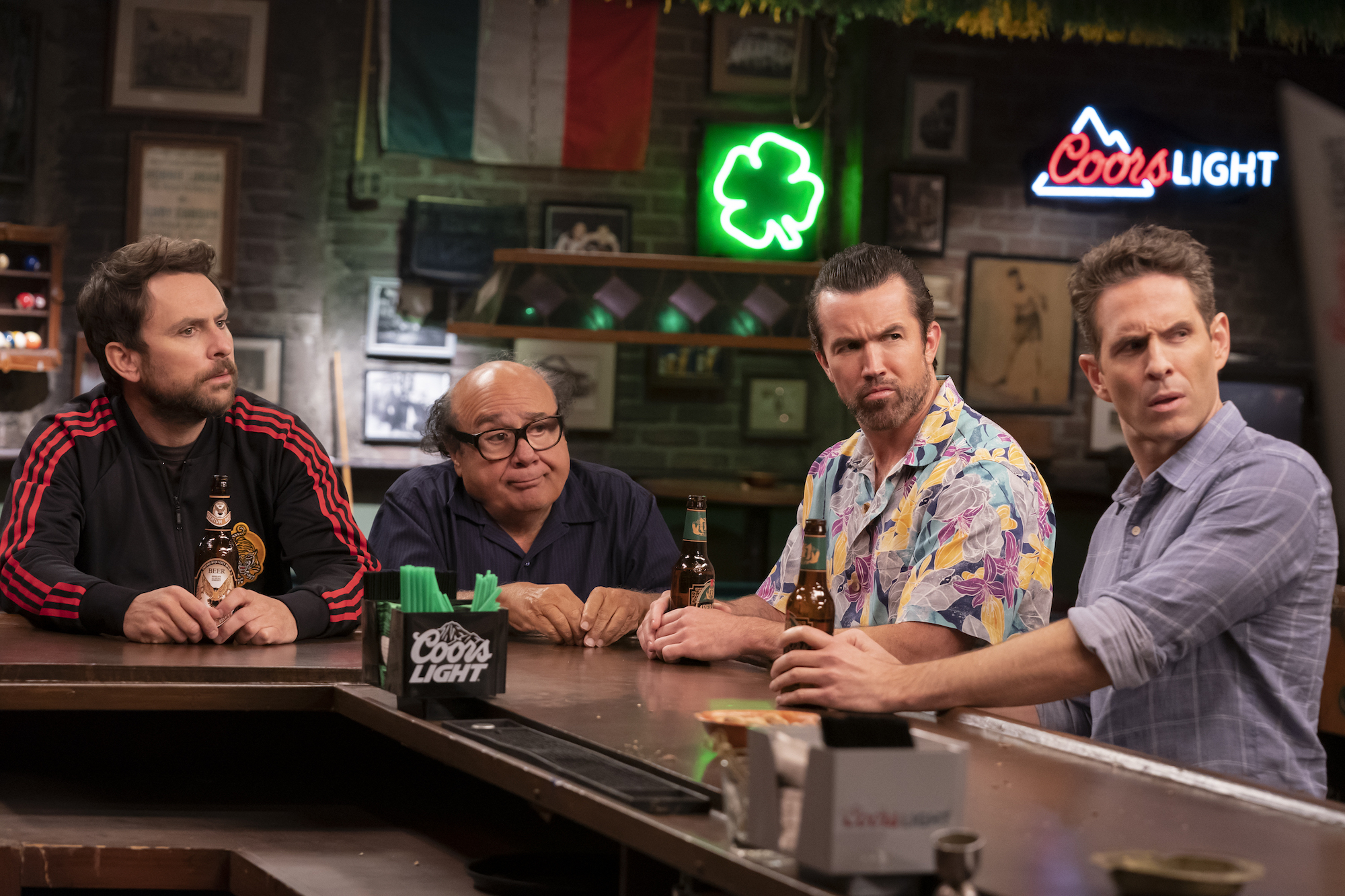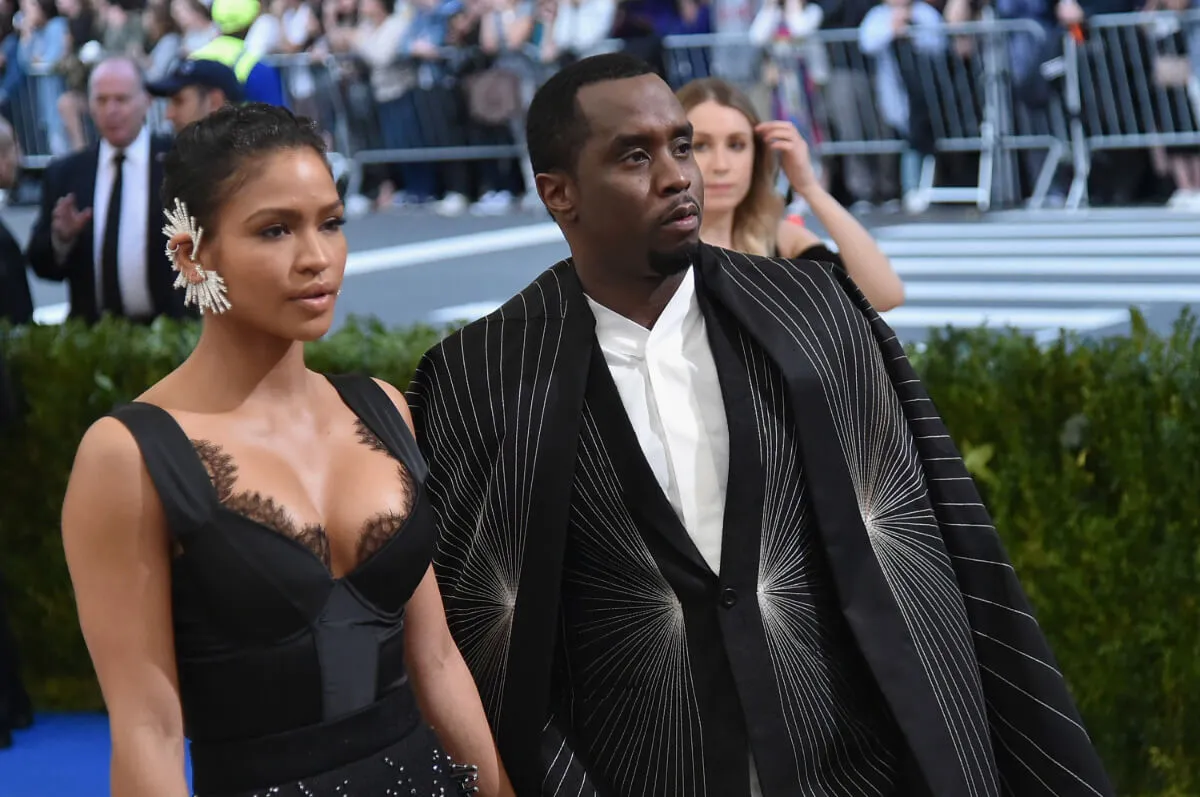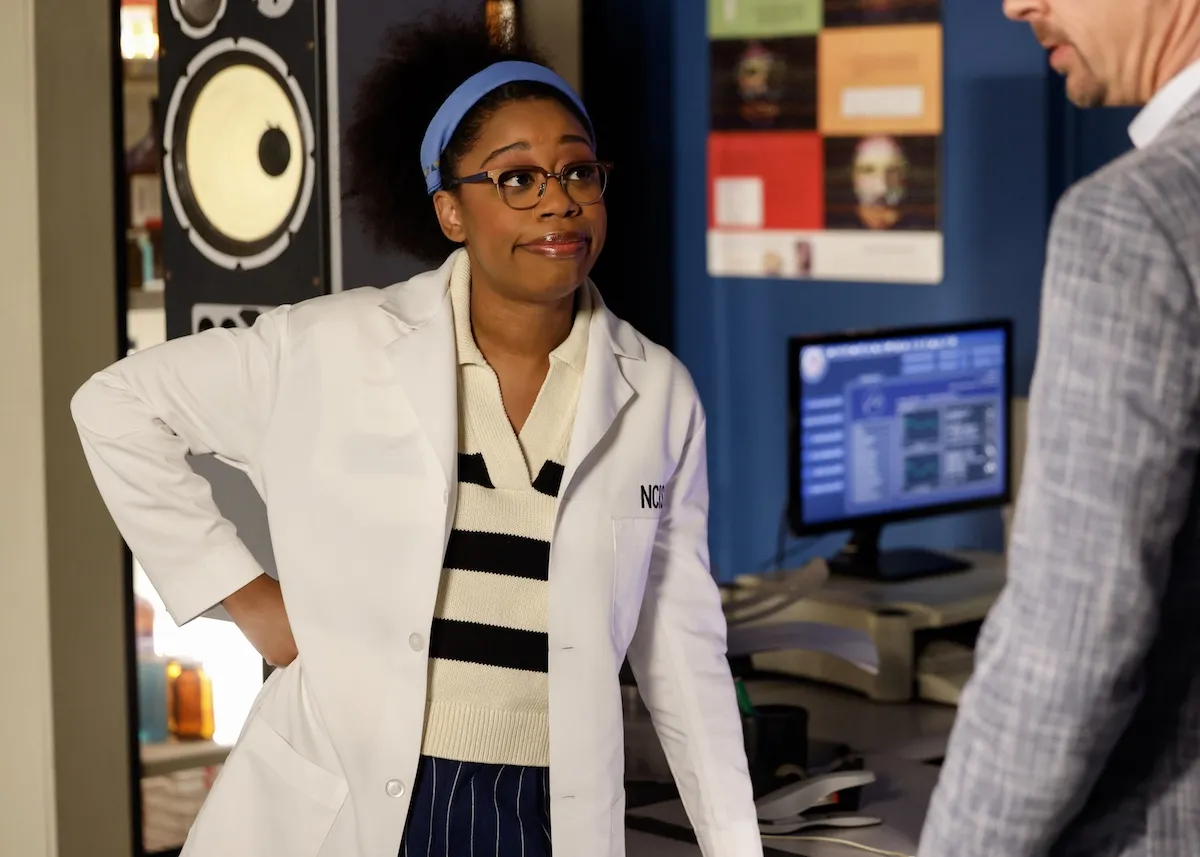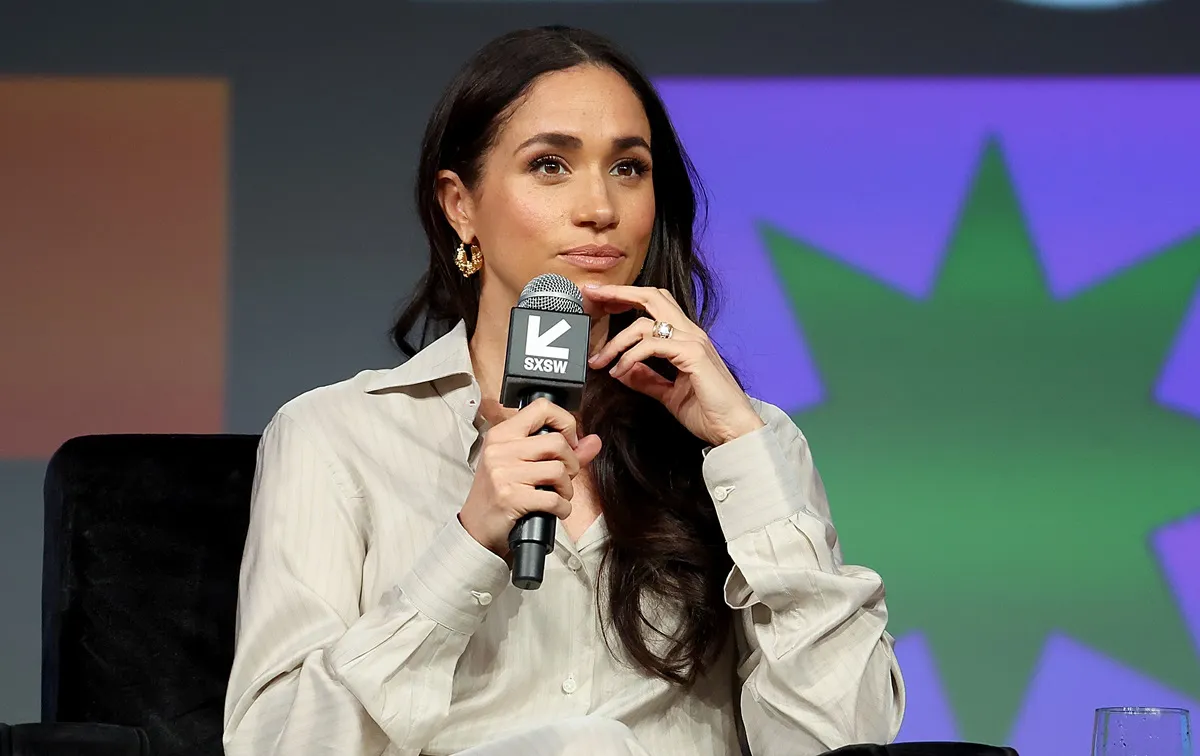‘It’s Always Sunny in Philadelphia’ Season 15 Has the Show’s Most Expensive Episode
It’s Always Sunny in Philadelphia has made it to 15 seasons without spending a lot. Sure, the cast and creators of the comedy all make more now than when they shot a pilot for $200, but it’s low maintenance. However, season 15 has one episode that proved to be the most expensive in IASIP history.

Rob McElhenney, Charlie Day, Glenn Howerton, and Danny DeVito were on a Zoom panel for It’s Always Sunny in Philadelphia Season 15 on Nov. 30. They explained the extravagant expense spent on a new episode. It’s Always Sunny in Philadelphia airs Wednesdays at 10 p.m. on FXX, and new episodes drop Thursdays on Hulu.
There are more visual effects on ‘It’s Always Sunny in Philadelphia’ than you think
In most modern production, many visual effects work is invisible. Visual effect experts add backgrounds and remove things from frames to look normal. Day said It’s Always Sunny in Philadelphia employs visual effects more often than you think.
“We should give credit to John Myers, who does our visual effects and has done them for several years because there’s probably more visual effects than you realize,” Day said. “We are not a heavy visual-effects show, but there’s always a little something he’s correcting or adding. And he made it pretty easy on us where he was saying, ‘Don’t worry about this. Don’t worry about that. It’s all going to work and look good.’ And it, kind of, blew me away with what a good job he did.”
‘It’s Always Sunny in Philadelphia’ Season 15 made a CGI monkey
No actual monkeys were involved in the episode “The Gang Replaces Dee With a Monkey.” Although classic shows like Friends employed a monkey, and The Hangover’s Crystal also landed some TV work, Hollywood has moved to stop using primates in production for ethical reasons. Y: The Last Man also used a CGI monkey, so It’s Always Sunny in Philadelphia followed suit even though it added a major cost to the episode.
“Also, a credit to FX and Disney, really both stepping up in a big way for us because that’s not something we could normally afford,” McElhenney said. “And, so, when we conceived the episode and wrote the episode, we just assumed that we would be working with an animal, which we’ve done in the past. And then it came down that it was a Disney policy, which had changed a few years ago, to not work with primates, which we obviously respect.”
FX was a subsidiary of 20th Century Fox when Disney bought the studio. Bot the network and the studio assuaged McElhenney’s worry they’d have to scrap the episode, which would have been a shame. The world needs to see a monkey tend bar at Paddy’s Pub.
“But then, we were, like, ‘What do we do? We have this episode that we think would be really great. We can’t necessarily afford it,’” McElhenney said. “And I think, within an hour of posing that problem to FX, we got the call back that they were going to cover the cost entirely, which was really great and really the only way that we could do it.”
Danny DeVito joked about the fake monkey
DeVito is no stranger to visual effects. He’s been in a Batman and Jumanji movie and directed Matilda. He joked about the monkey visual effect for It’s Always Sunny in Philadelphia.
“The little green thing that they used didn’t show up every once in a while,” DeVito joked. “So, we had to wait for it to come out of its trailer. They put this little green thing up so that you make [reactions], then they draw the monkey. But the green thing had an agent, and it didn’t come to [set]. So, we waited around a long time for a piece of green thing that was painted green.”
Green is a big visual effect color. Other backgrounds can replace the green screens in post-production. VFX artists also use tennis balls to provide eyelines for the actors on set.
“When he says the green thing, he’s talking about a tennis ball,” Howerton said. “I’ll just call it a tennis ball.”


